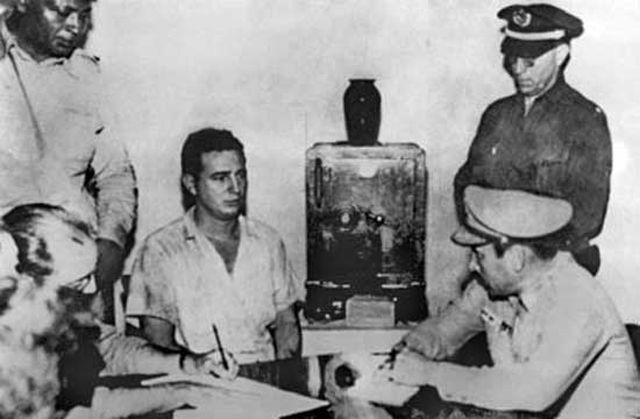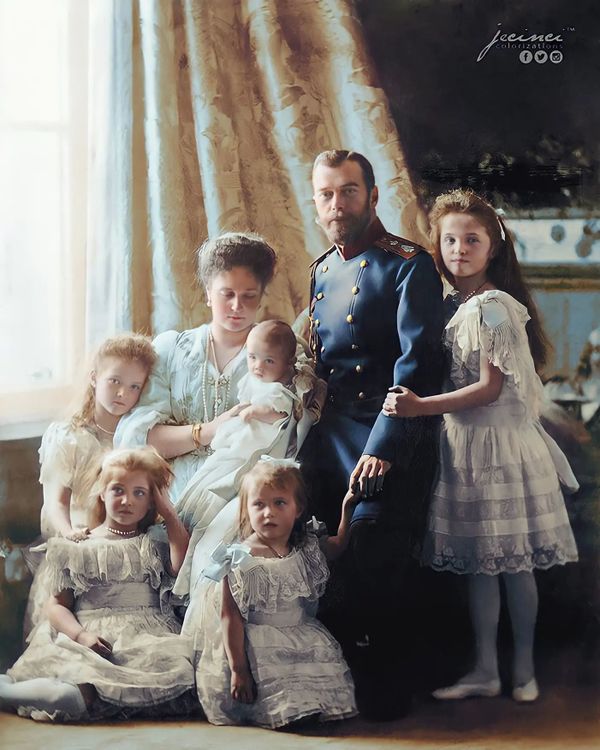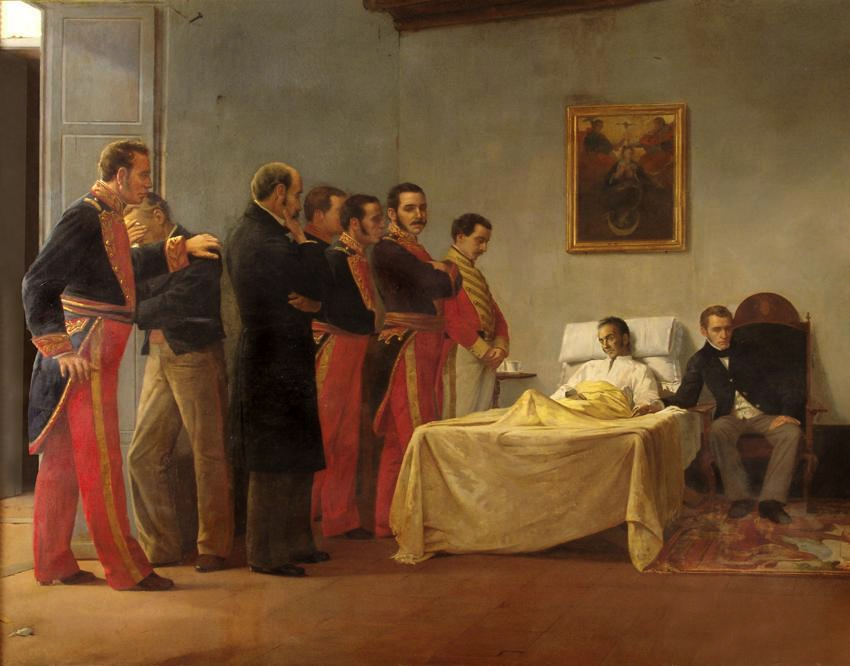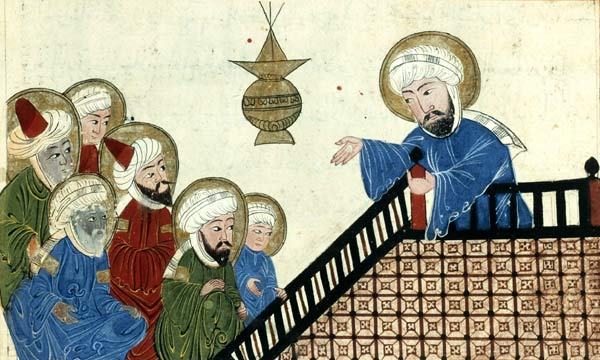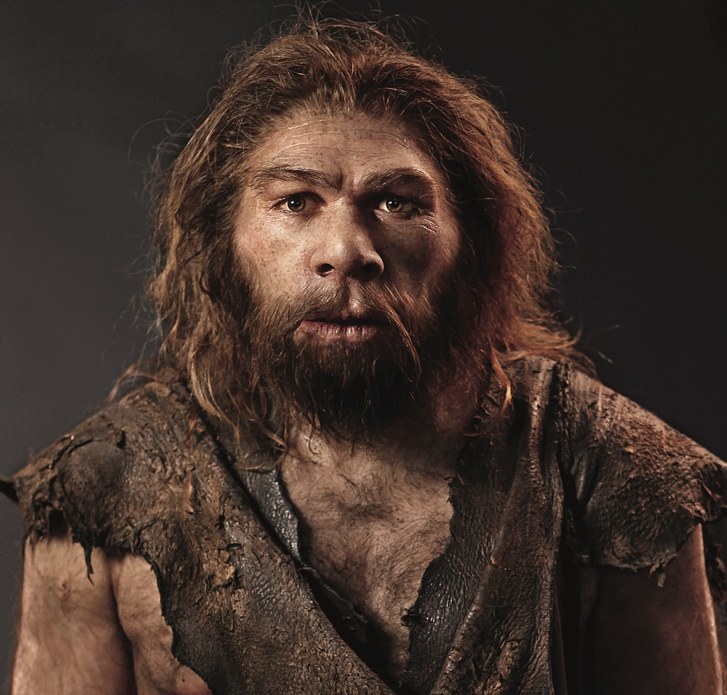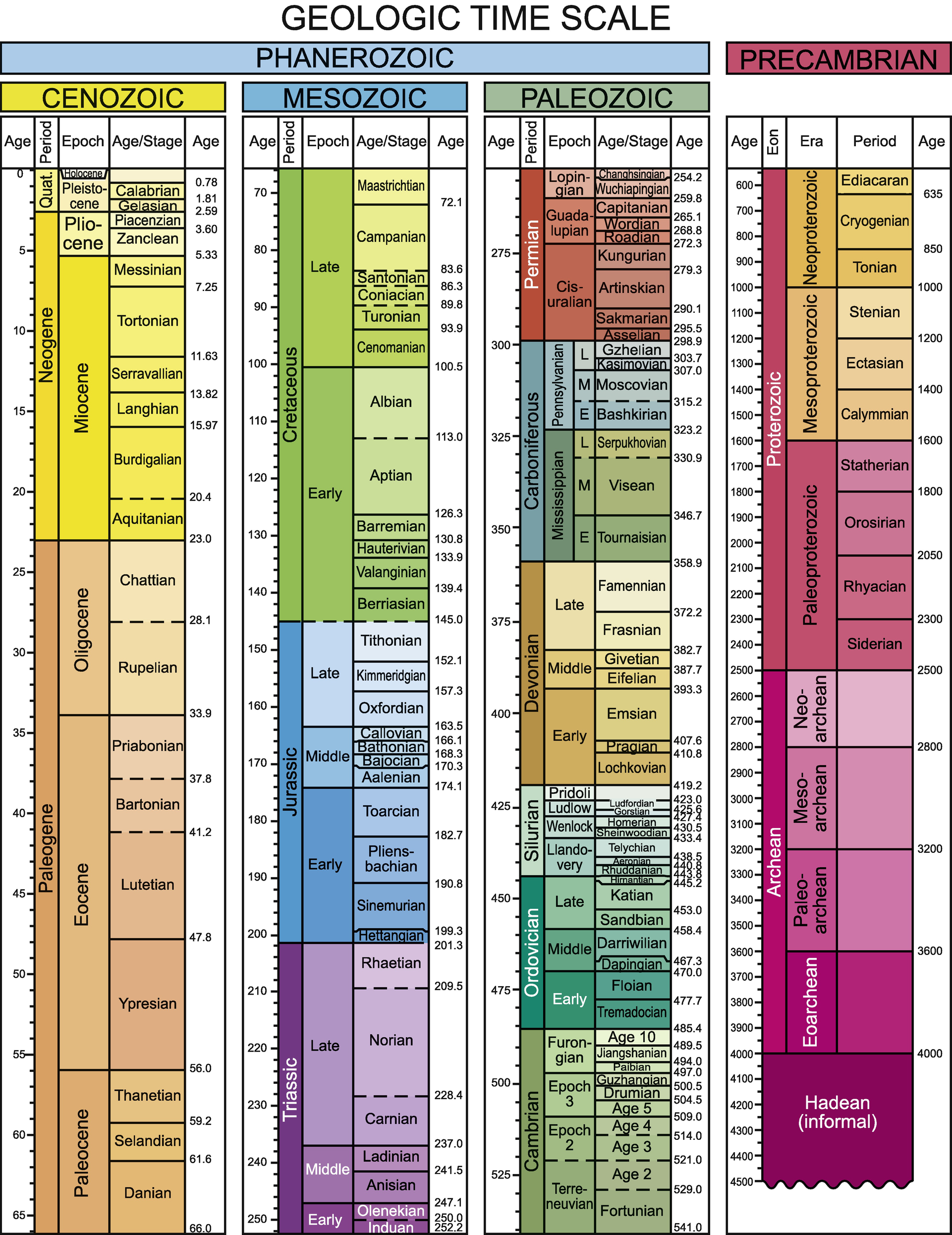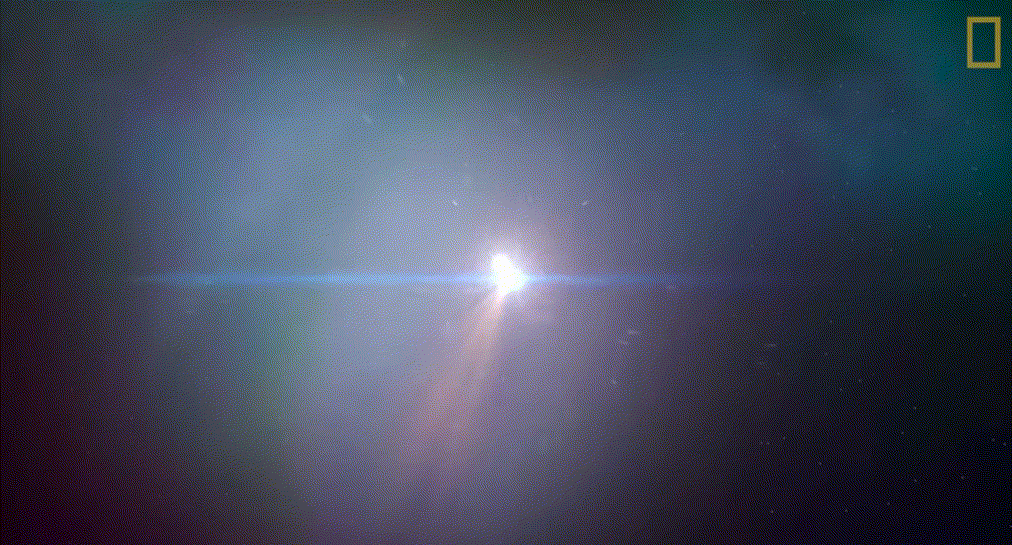Timeline
|
La revolución cubana |
1959 |
01/01 |
Triunfo de la revolución
|
|
1953 |
07/26 |
Asalto al Cuartel Moncada
|
|
La revolución rusa |
1917 |
10 |
La Revolución de Octubre
|
|
1917 |
02 |
|
La Independencia de Venezuela |
1830 |
12/17 |
Muerte de Simón Bolívar
Antonio Herrera Toro |
|
1821 |
06/24 |
Batalla de Carabobo | |
|
1811 |
07/05 |
Firma del Acta de Declaración de Independencia
Martín Tovar y Tovar
| |
|
1810 |
04/19 |
Proclamación de independencia | |
|
1783 |
07/24 |
Nacimiento de Simón Bolívar |
|
La Révolution Française |
1799 |
11/09 |
Le coup d'État de Napoléon Bonaparte |
|
1793 |
01/21 |
L'éxecution de Louis XVI et Marie-Antoinette Louis XVI et Marie-Antoinette sont exécutés le 21 janvier 1793 (à 38 ans) et le 16 octobre 1793 (à 37 ans) à la Place de la Révolution (antiene Place Louis XV, actual Place de la Concorde)
La tête de Marie-Antoinette à la foule en 1793. (Musée de la Révolution française) | |
|
1789 |
07/14 |
La prise de la Bastille | |
|
1789 |
05/05 |
L'ouverture des États généraux
|
|
Mahoma y el origen del Islam |
632 |
06/08 |
Muerte de Mahoma Yazrib (Arabia), hoy en día Medina, en el Hiyaz (Arabia Saudita) |
|
622 |
|
Origen del Islam El islam se inició con la predicación de Mahoma en el año 622 en La Meca (en la actual Arabia Saudita). Bajo el liderazgo de Mahoma y sus sucesores, el islam se extendió rápidamente. https://es.wikipedia.org/wiki/Islam
Mahoma recibiendo la revelación del ángel Gabriel en una miniatura iraní del siglo xv. https://es.wikipedia.org/wiki/Mahoma
Ilustración del siglo xv de una copia de un manuscrito de Al-Biruni que representa a Mahoma predicando El Corán en La Meca. https://es.wikipedia.org/wiki/Mahoma | |
|
570 |
04/26 |
Nacimiento de Mahoma. En Français: Mahomet, également dit Muḥammad ou Mohammed La Meca, actual Arabia Saudita |
|
Jesús y el origen del Cristianismo |
33 |
|
Crucifixión de Jesús
The 17th century painting Christ Crucified by Diego Velázquez, held by the Museo del Prado in Madrid https://en.wikipedia.org/wiki/Crucifixion_of_Jesus |
|
1 |
|
Nacimiento de Jesús
La Natividad de noche (1490), del artista Geertgen tot Sint Jans (Países Bajos, 1465-1495) |
|
The origin and evolution of Humans |
|
|
Neanderthal extinction The Neanderthals became extinct around 40,000 years ago. This date, which is based on research published in Nature in 2014, is much earlier than previous estimates, and it was established through improved radiocarbon dating methods analyzing 40 sites from Spain to Russia..[1] Evidence for continued Neanderthal presence in the Iberian Peninsula at 37,000 years ago was published in 2017. Hypotheses on the fate of the Neanderthals include violence from encroaching anatomically modern humans,[3] parasites and pathogens, competitive replacement,[4] competitive exclusion, extinction by interbreeding with early modern human populations,[5] natural catastrophes, and failure or inability to adapt to climate change. It is unlikely that any one of these hypotheses is sufficient on its own; rather, multiple factors probably contributed to the demise of an already low population. https://en.wikipedia.org/wiki/Neanderthal_extinction |
|
|
|
The origin of the Homo sapiens Several early hominins used fire and occupied much of Eurasia. Homo sapiens (sometimes also known as "modern humans") are thought to have diverged in Africa from an earlier hominin around 300,000 years ago, with the earliest fossil evidence of Homo sapiens also appearing around 300,000 years ago in Africa. https://en.wikipedia.org/wiki/Human#Rise_of_Homo_sapiens
| |
|
|
|
The origin of the Neanderthal Disparu il y a plus de 40 000 ans, l’homme de Neandertal a peuplé pendant quelque 300,000 ans une large partie du continent eurasiatique, de l’Atlantique à la Sibérie. Majoritairement présents dans le nord-ouest de l'Europe actuelle.
|
|
The origin and formation of the Universe, the Solar System, and the Earth |
|
|
The origin and formation of Earth https://en.wikipedia.org/wiki/History_of_Earth
|
|
|
|
The origin and formation of the Solar System | |
|
|
|
The big bang Éste también proporciona extensiva información sobre The Origin of the Elements.
Éste proporciona una explicación más profunda que el video anterior.
Este video proporciona una explicación muy simple del átomo.
The next URL corresponds to a nice Periodic Table of Elements where you can click on the element to get extensive information about the element: https://education.jlab.org/itselemental/index.html
File:The_big_bang.gif Taken from https://www.youtube.com/watch?v=HdPzOWlLrbE
|

